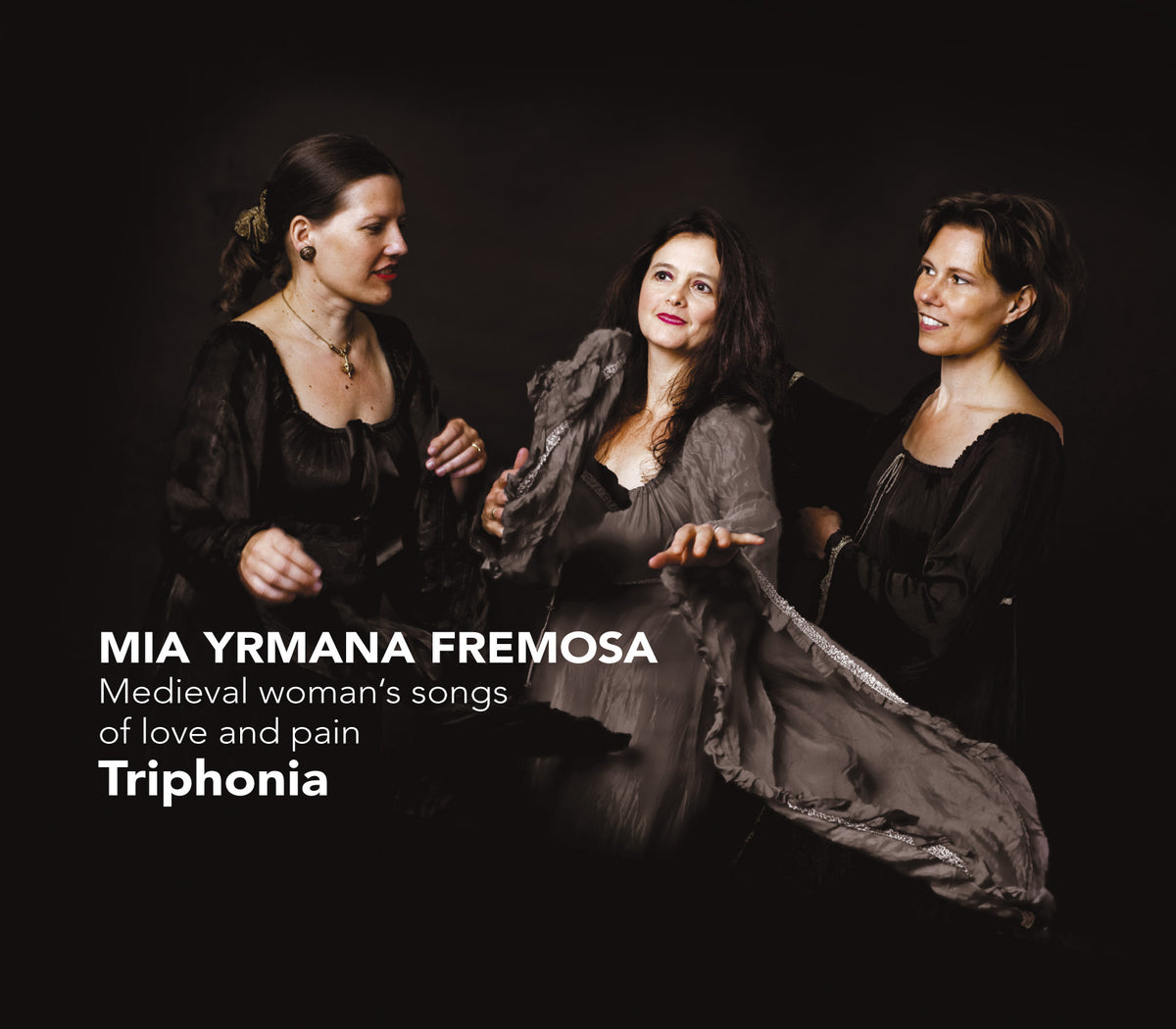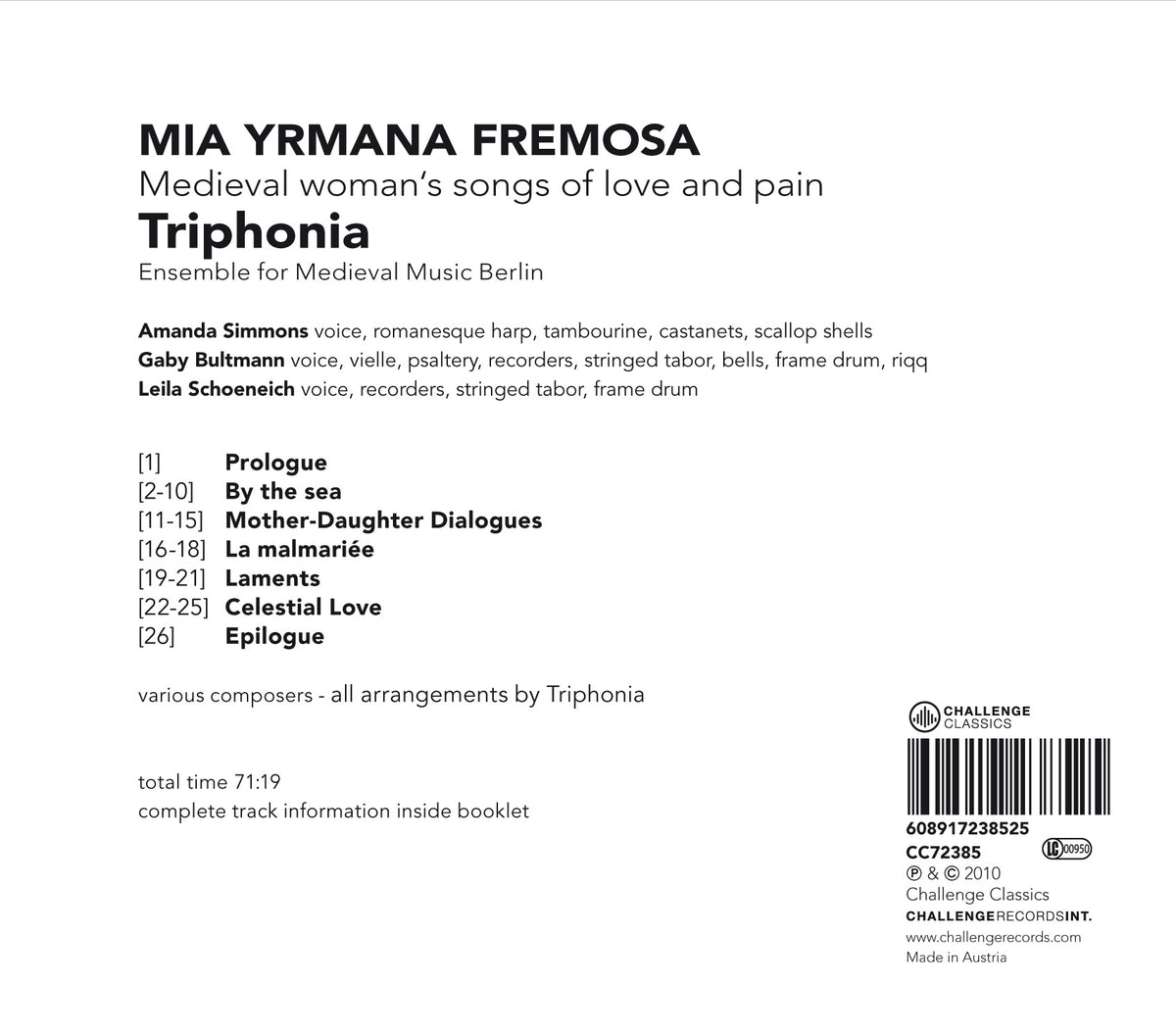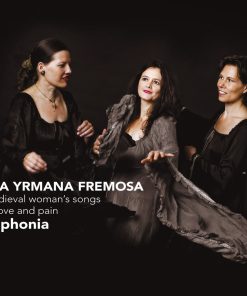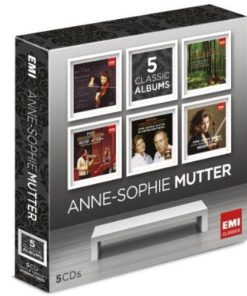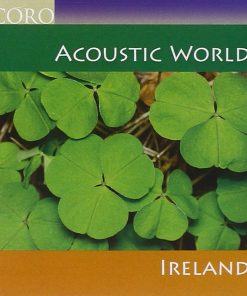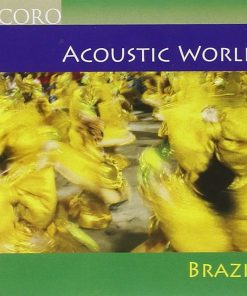MIA YRMANA FREMOSA: Medieval woman’s songs of love and pain – TRIPHONIA CHALLENGE
$ 2,99 $ 1,79

mia yrmana fremosa – Medieval woman‘s songs of love and pain
“Woman‘s songs, embodying mostly love lyrics, were found throughout Europe during the Middle Ages and reflect a more popular character. The language in these poems tends to be simple and direct. The songs often incorporate aspects of nature: in German songs the linden tree, fields, woods, flowers, and birds are common, whereas the romance-language lyrics tend to utilize the images of the sea, waves, beaches, rivers, and wind. Even in modern the popular traditions of Portuguese fado or French chanson the image of the sea is still prevalent. Other prevailing themes may involve the conflict between the upper and lower classes, strife among married couples resulting in frustrated and dejected wives and suspicious and jealous husbands, dissension between mothers and daughters, as well as discrepancies between sisters, or intimacy between sisters. The woman‘s song unfolded in a variety of genres: strophic refrain songs, dance songs, ballads, chanson de toile, chanson de malmarée, pastourelles, dialogues, motets, etc.
One may ask why a recording of primarily “woman‘s songs“ would contain no single song actually attributed to a female composer. The category of medieval woman‘s song embodies lyrics written not necessarily by women, but rather in the female voice – songs seen through the eyes of a woman, spoken by a female speaker. Such songs do not depict the typical male devotion to the lady and do not emphasize the high courtly love tradition of the unattainable lady, but they rather tell more seemingly personal, yet also archetypal stories of the wishes, desires, sorrows, and disappointments of young women. Woman‘s songs, mainly written by male composers – although many have been transmitted without authorship – could perhaps be thought to reflect the male desire and fantasy about women and their reflection of the female stereotype during the Middle Ages, as well as providing a diversion for an audience more sophisticated than the characters represented in the songs themselves. The trobairitz (female troubadour), like their male counterparts, on the other hand, composed mostly in the more artistic courtly love tradition, and except for a few dance songs, they did not seem to have written songs in the more popular style of the woman‘s song. This leads to the speculation that the creation of woman‘s songs could indeed have been a mostly male practice.” (Parts of the text of the cd linernotes with this CD)

01. Motet: Endurez, endurez les dous mas d’amer 01:26
02. Cantigas de amigo: Ondas do mar de Vigo 02:30
03. Cantigas de amigo: Mandad` e comigo 01:32
04. Cantigas de amigo: Mia yrmana fremosa 02:03
05. Cantigas de amigo: Ay Deus, se sab 01:34
06. Cantigas de amigo: Quantas sabedes amar amigo 01:07
07. Cantigas de amigo: Eno sagrado en Vigo 01:15
08. Cantigas de amigo: Ay ondas, que eu vin veere 01:49
09. Motet: Trois serors sor rive mer 01:33
10. Sephardic Ballad: Tres hermanicas eran 05:28
11. Motet:: Endurez, endurez les dous mas d’amer 00:36
12. Estampie (instrumental): Endurez, endurez les dous mas d’amer 03:20
13. Chanson de toile: Bele Yolanz 04:36
14. Motet: Bele Aelis pas matin se leva 01:11
15. Blôzen wir den anger ligen sâhen 06:52
16. Motet: Endurez, endurez les dous mas d’amer 00:37
17. Chanson de malmariée: Trop est mes maris jalos 01:45
18. Conductus: Procurans odium 01:04
19. Motet: Endurez, endurez les dous mas d’amer 01:09
20. Motet & Chanson de femme: Onques n’amai tant que jou fui aimee 06:22
21. Ich was ein chint sô wolgetân 05:13
22. Motet: Endurez, endurez les dous mas d’amer 01:50
23. God de bat eyn zelelin 05:17
24. Cantiga de Santa Maria: De vergonna nos guardar 05:31
25. Ik draghe an mynes herten grunt 04:24
26. Motet: Endurez, endurez les dous mas d’amer 01:15
Fast Shipping and Professional Packing
Due to our longstanding partnership with UPS FedEx DHL and other leading international carriers, we are able to provide a range of shipping options. Our warehouse staff are highly trained to pack your goods exactly according to the specifications that we supply. Your goods will undergo a thorough examination and will be safely packaged prior to being sent out. Everyday we deliver hundreds of packages to our customers from all over the world. This is an indication of our dedication to being the largest online retailer worldwide. Warehouses and distribution centers can be located in Europe as well as the USA.
Orders with more than 1 item are assigned processing periods for each item.
Before shipment, all ordered products will be thoroughly inspected. Today, most orders will be shipped within 48 hours. The estimated delivery time is between 3-7 days.
Returns
The stock is constantly changing. It's not entirely managed by us since we are involved with multiple parties such as the factory and our storage. The actual stock can fluctuate at any time. Please understand it may happen that your order will be out of stock when the order is placed.
Our policy is valid for 30 days. If you haven't received your product within 30 days, we're not able to issue either a return or exchange.
You are able to return a product if it is unused and in the same condition when you received it. It must also still remain in the original packaging.
Related products
MUSIC CD
MUSIC CD
MUSIC CD
MUSIC CD
